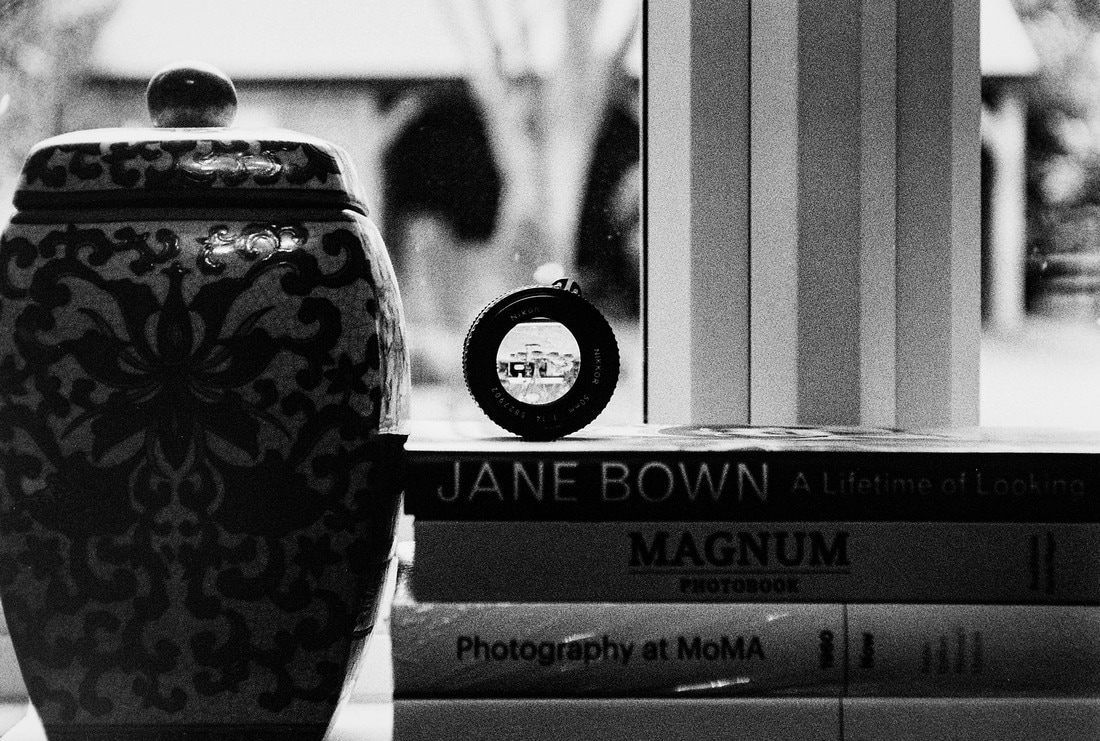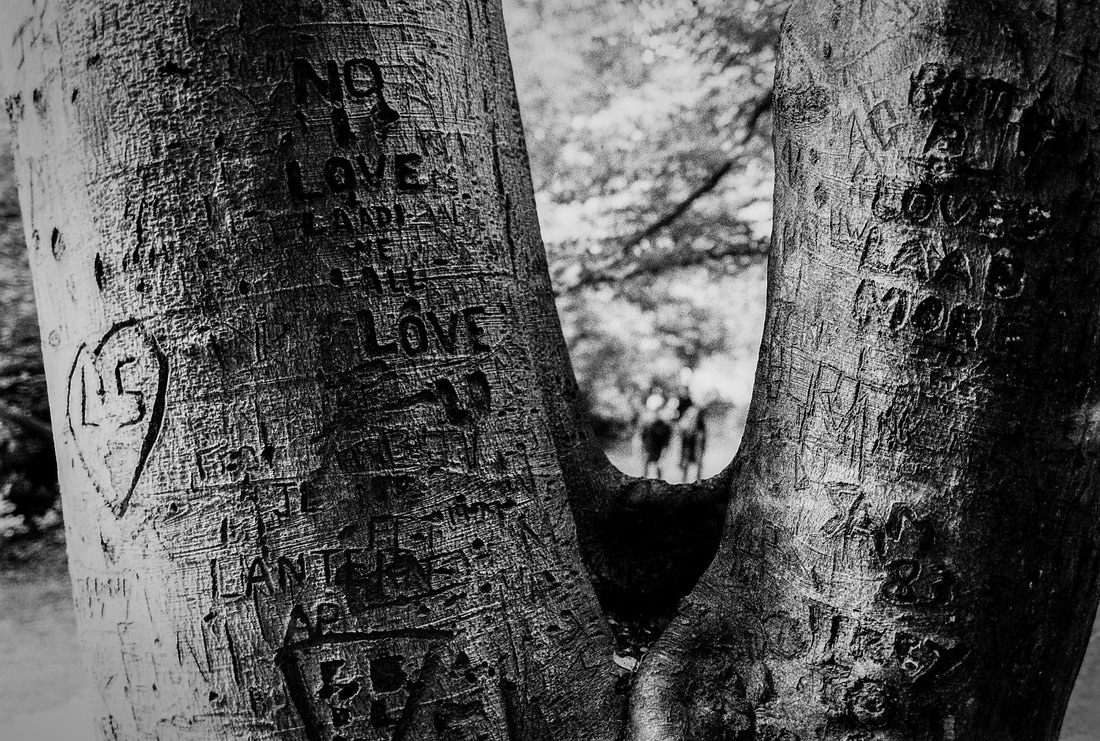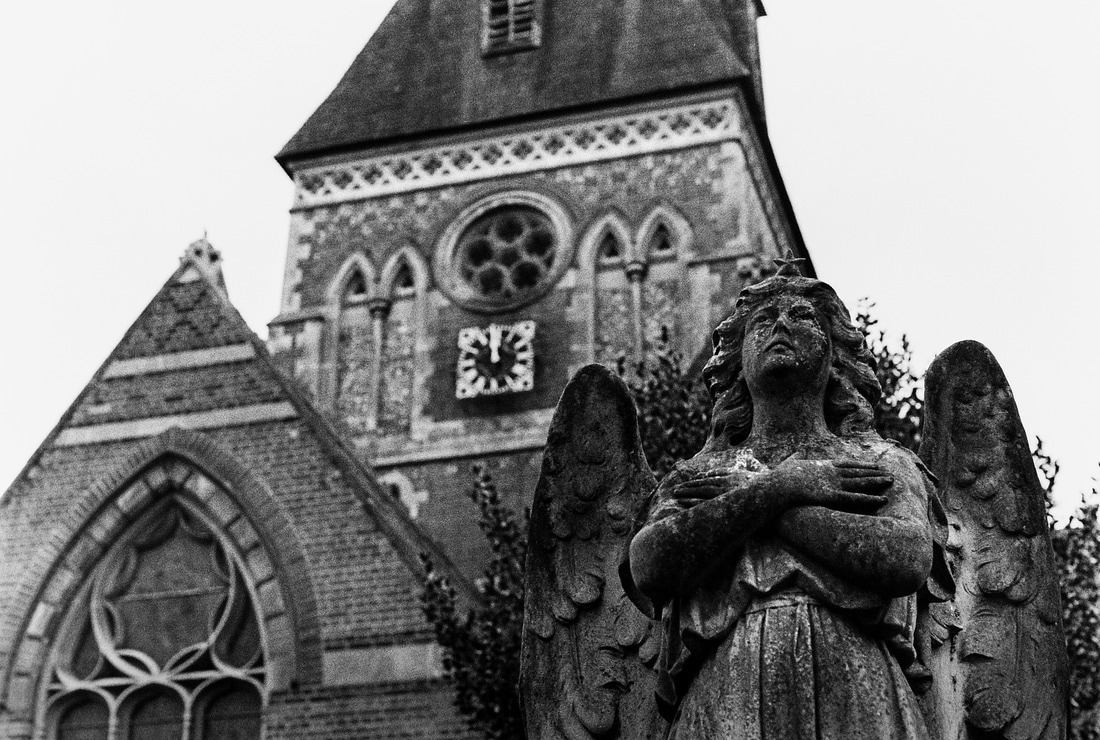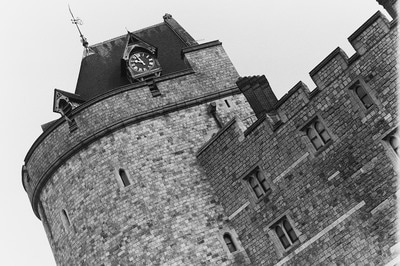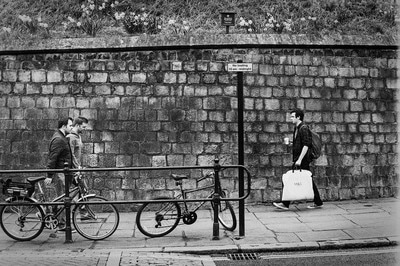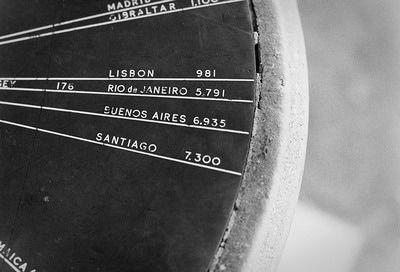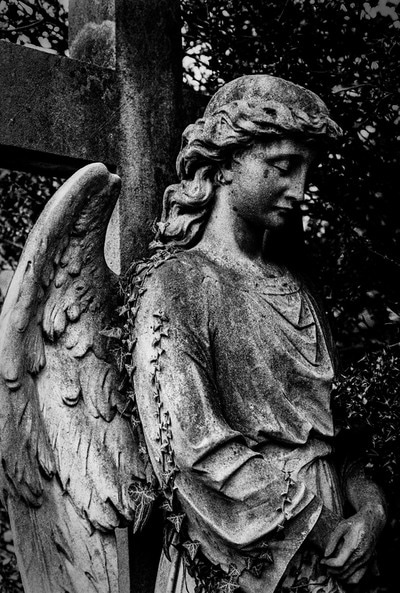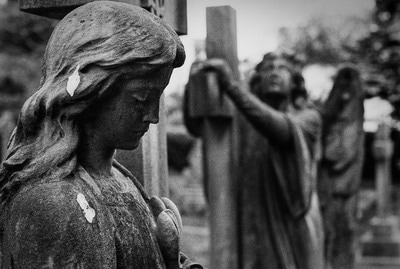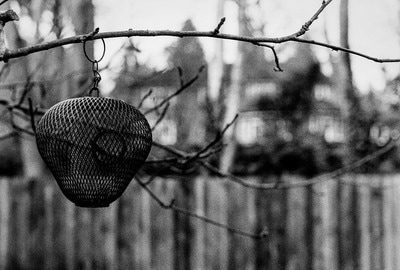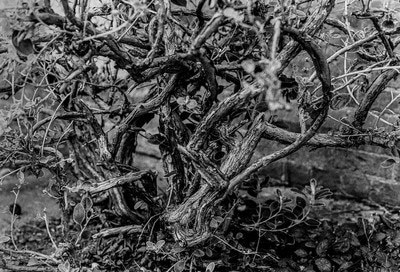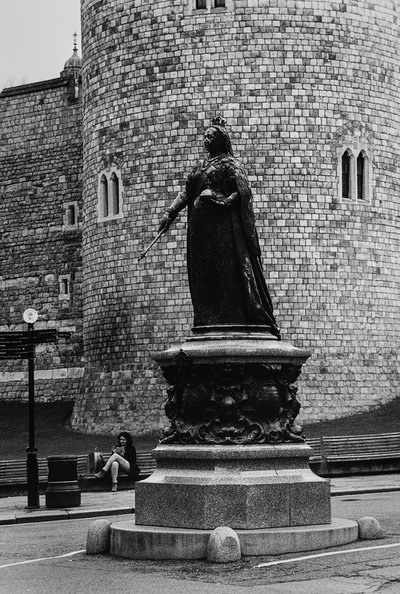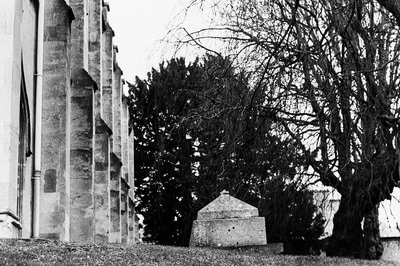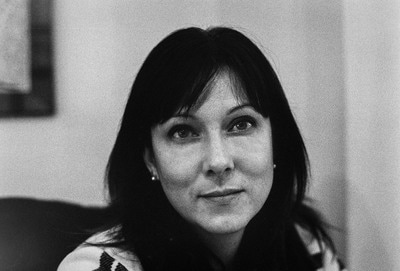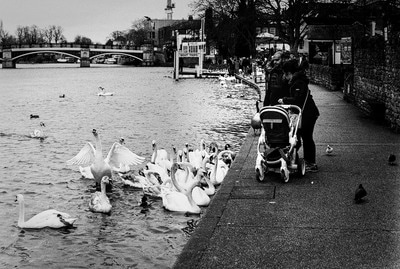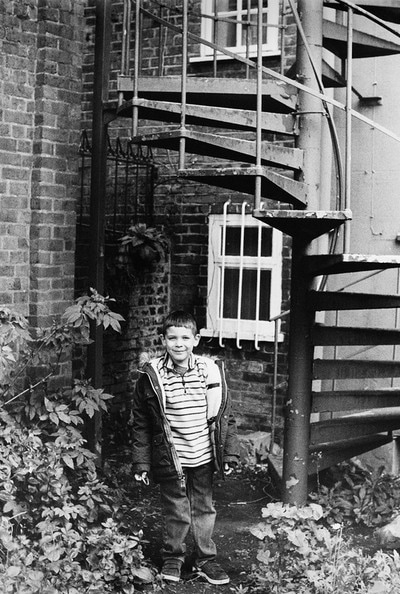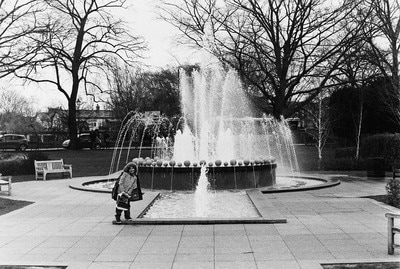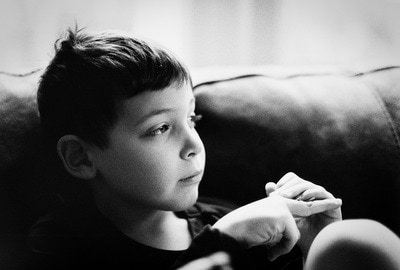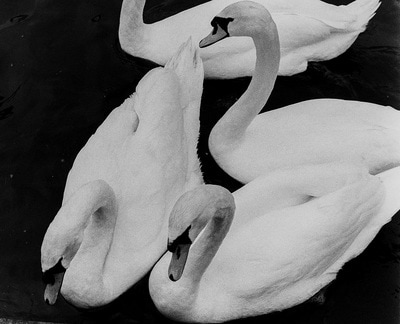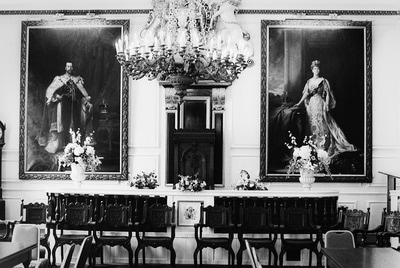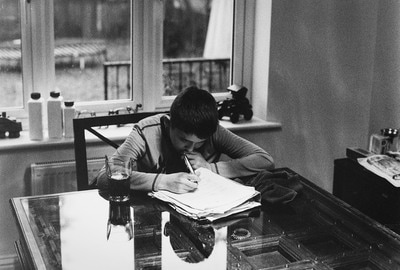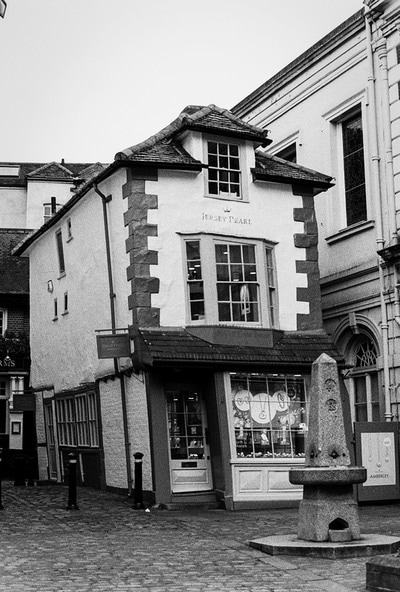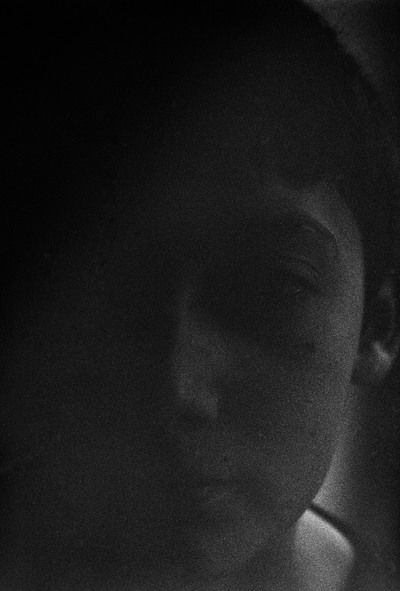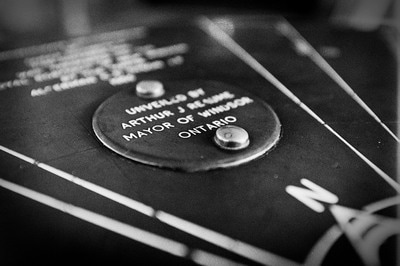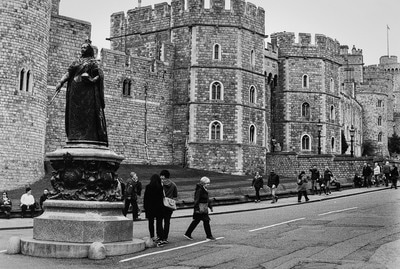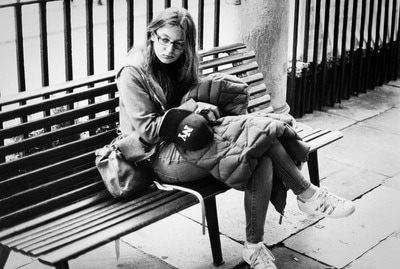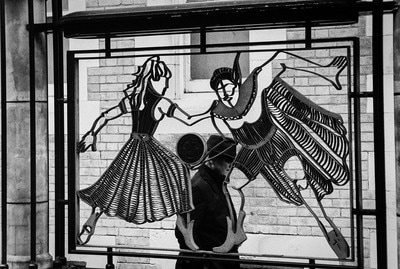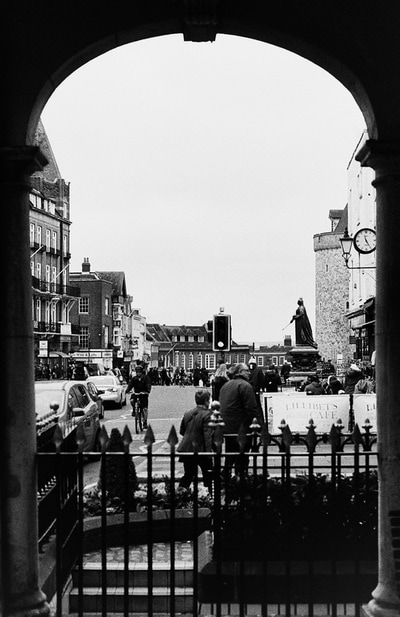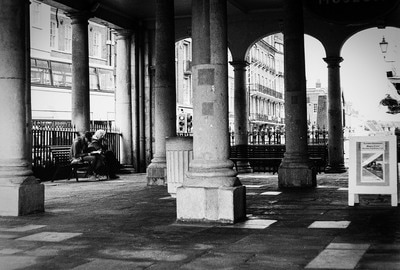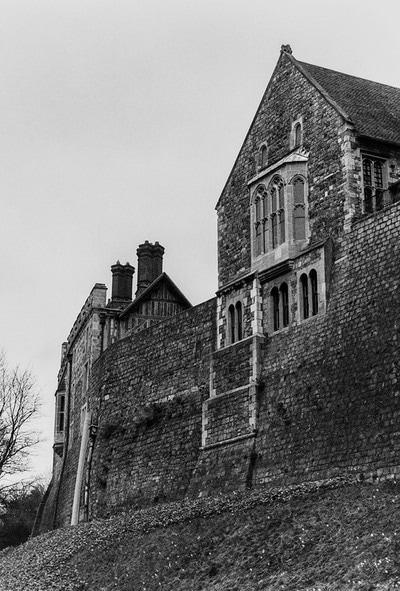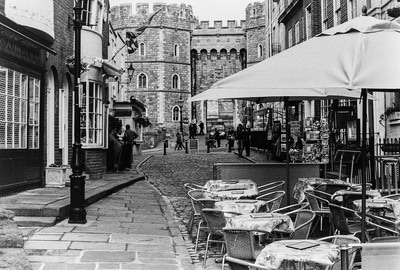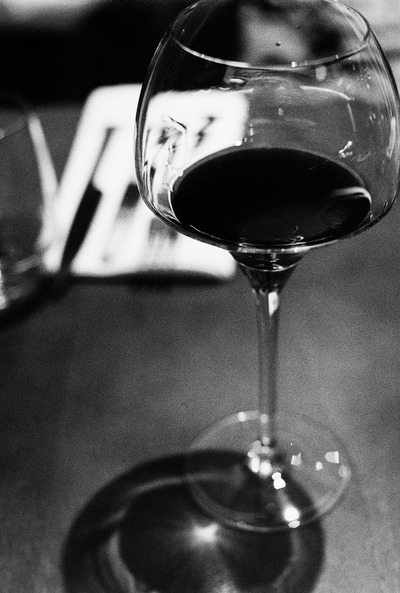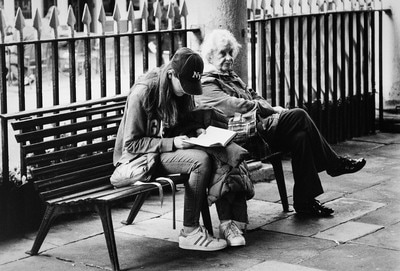Photography is an amazing intersection between science and art. You can pick up a camera and deliver science, hand the camera to another who will deliver art. That is the most wonderfully frustrating nuance of photography and it is only understood after years of shooting and seeing talent.
In a world of science, you would take a piece of film, made under the exacting standards of modern industrialized processes, and utilize it within its printed envelope of specifications. To do anything else is simply irresponsible....but beautiful as well. And there is the intersection.
I have been shooting HP5+ for several years. Coming from digital, I wanted to be able to shoot in a greater range of light. With modern digital cameras, you do not put them away because it is a cloudy day. If you have a film camera, with a half exposed roll of film in it with an ISO of 100 you may very well do just that. So I picked up a variety of ISO range film and settled on Alford HP5+. Once I began developing film myself, I appreciated the quality of the film as well. It stays flat and is easy to roll and develop.
After several years of shooting HP5+ at ISO 400 I began trying it at different ISO by pushing an pulling it. This deviation from the scientifically recommended exposure resulted in a magnificent product. The grain is there but not a great deal more than I see at ISO 400 which I find pleasing. The contrast just jumps off the negative, and scanning is a breeze. In the darkroom I can work without worrying about adding contrast. And in the rare photo I want to reduce it I have darkroom techniques that allow me to do that.
In a world of science, you would take a piece of film, made under the exacting standards of modern industrialized processes, and utilize it within its printed envelope of specifications. To do anything else is simply irresponsible....but beautiful as well. And there is the intersection.
I have been shooting HP5+ for several years. Coming from digital, I wanted to be able to shoot in a greater range of light. With modern digital cameras, you do not put them away because it is a cloudy day. If you have a film camera, with a half exposed roll of film in it with an ISO of 100 you may very well do just that. So I picked up a variety of ISO range film and settled on Alford HP5+. Once I began developing film myself, I appreciated the quality of the film as well. It stays flat and is easy to roll and develop.
After several years of shooting HP5+ at ISO 400 I began trying it at different ISO by pushing an pulling it. This deviation from the scientifically recommended exposure resulted in a magnificent product. The grain is there but not a great deal more than I see at ISO 400 which I find pleasing. The contrast just jumps off the negative, and scanning is a breeze. In the darkroom I can work without worrying about adding contrast. And in the rare photo I want to reduce it I have darkroom techniques that allow me to do that.
Above are two example, the one on the left is shot at ISO 400 and the one on the right was shot and ISO 1600. The grain is more pronounced on the right, but the contrast is just naturally there. For my eyes, there is an improvement when shot at ISO 1600 which is aesthetically pleasing, but there is another advantage.
Shooting at ISO 1600 is AMAZING. I took two rolls on a family outing to Windsor Castle and shot them both at ISO 1600. It was a overcast day but still bright. I took my Nikon F2 that has a fastest shutter speed of 1/2000 of a second. We walked into museums, out onto the street, through dark alleys and in very dark restaurants. Everywhere I went I could capture an image easily. In museums my shutter speed was set at 1/250 second, dark restaurants 1/60th of a second and out in the street between 1/1000 and 1/2000 of a second. I used a Nikon 50mm f/1.4 lens which stops down to f/16. This combination let me capture every shot I wanted!
Had I shot the film at ISO 400, I would have been fine outside and inside I would have had to put the camera up.
In terms of development, I used Ilford ID-11 diluted to 1:1 (half water, half developer) and left it for 15.5 minutes at 20 deg C.
Shooting at ISO 1600 is AMAZING. I took two rolls on a family outing to Windsor Castle and shot them both at ISO 1600. It was a overcast day but still bright. I took my Nikon F2 that has a fastest shutter speed of 1/2000 of a second. We walked into museums, out onto the street, through dark alleys and in very dark restaurants. Everywhere I went I could capture an image easily. In museums my shutter speed was set at 1/250 second, dark restaurants 1/60th of a second and out in the street between 1/1000 and 1/2000 of a second. I used a Nikon 50mm f/1.4 lens which stops down to f/16. This combination let me capture every shot I wanted!
Had I shot the film at ISO 400, I would have been fine outside and inside I would have had to put the camera up.
In terms of development, I used Ilford ID-11 diluted to 1:1 (half water, half developer) and left it for 15.5 minutes at 20 deg C.
